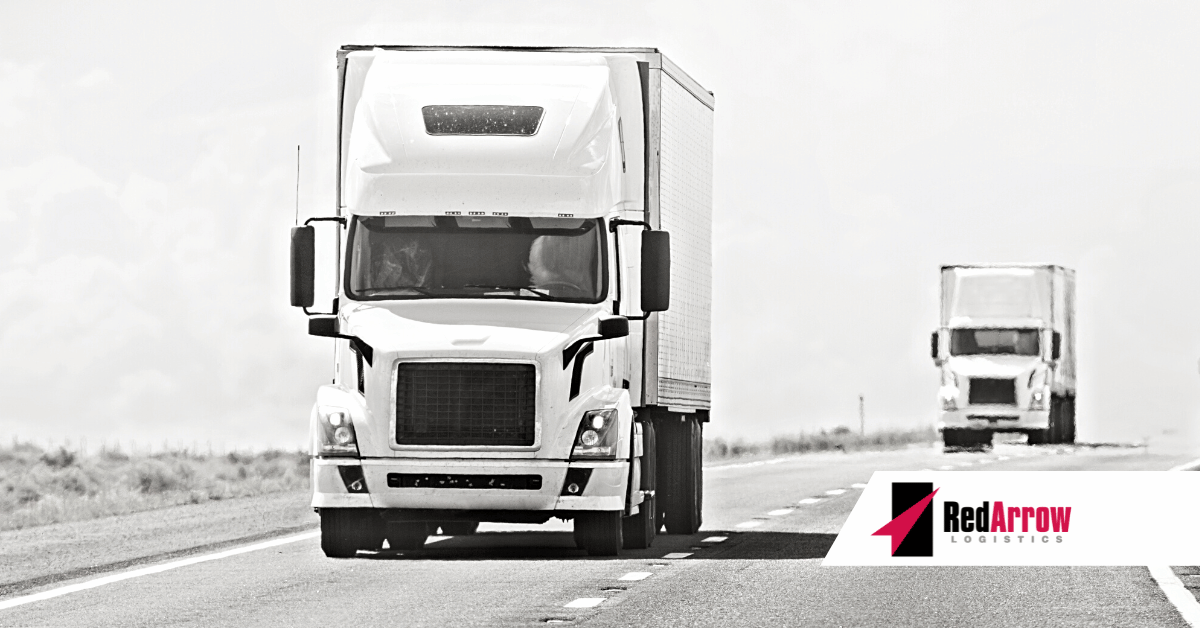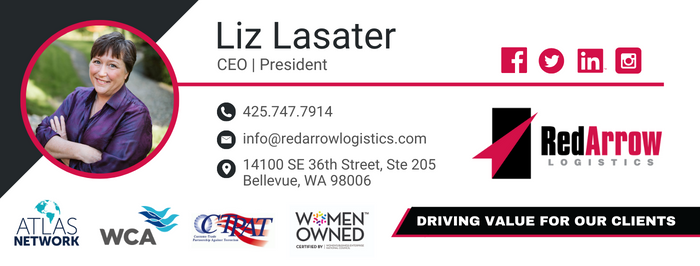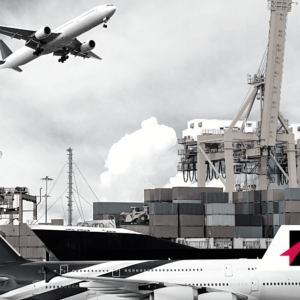The decision to ship less than truckload (LTL) or full truckload (TL) can be difficult if you are not aware of all the options. A lot of factors affect freight shipping, such as freight dimensions, freight classification, and special services.
What is LTL Shipping?
Freight that does not require an entire truck is known as LTL (less than truckload) shipping. LTL is ideal for shippers who have smaller loads because it allows multiple shippers to share the space on a truck, making it more cost-efficient. This method of shipping is best for businesses that have freight shipments that are less than 15,000 pounds. LTL loads are usually between 100 pounds and 10,000 pounds.
Items are consolidated on a single trailer to fill it to maximize capacity. To protect items so they do not become damaged, they have to be consolidated into crates or pallets. This gives shippers flexibility for smaller or medium shipments.
During the course of an LTL shipment, the items will be loaded and unloaded to trailers and warehouses several times before they reach their final destination. This increased handling means there is a greater chance of product damage as compared to truckload so the shipment must be packed correctly. Anything that causes a delay will result in added charges.
Rates can vary depending on the shipment’s freight class, even if it is within the same lane or number of pallets. All LTL carriers use a freight classification system with 18 different classes from Class 50 (least expensive) to Class 500 (most expensive). Most shipments are sent through a dimensioner to determine weight and dimensions at the origin terminal. If the results from the dimensioner are different from the specifications on the BOL (bill of lading), the carrier will correct the class, which may lead to a different rate.
What is TL Shipping?
TL are shipments that take up the entire space or weight limit of a trailer, so they are best for businesses that have high-volume shipping. The most common equipment type is a class 8 tractor with a 53’ dry van trailer, but refrigerated and open deck trailers can also be used. Shippers choose truckload in the following situations:
- The shipment fills an entire truck.
- The shipper wants the truck exclusively.
- The freight has a deadline.
- The weight makes it more cost-effective than less than truckload.
Shipments travel on one truck to one destination directly without multiple stops as compared to LTL. Truckload shipping is the better choice when the freight weighs more than 15,000 pounds or the company has more than 10 pallets of goods. When a large amount of goods is being shipped, TL is the more economical method for shipping.
Unlike LTL, once loaded the driver may stop at a weigh station to verify that the truck is under the 80,000 lb. threshold. This is usually the only inspection of the product until the shipment reaches the delivery dock. TL freight also differs as drivers will accept firm appointment times, which is unlike the multiple pickups that LTL usually has.
LTL or TL: Which Option is Best
It can sometimes be difficult to choose which shipping method to use because truckload and LTL do have some things in common. Both move freight over the road with semi-trucks, which are class 8 tractors, although some LTL carriers do incorporate intermodal rail shipping. Both methods use professional truck drivers with CDL licenses. TL and LTL ship palletized freight.
A good rule of thumb in terms of size of shipment is that more than 12 pallets should be shipped via full truckload. Anything less than 12 pallets or less than 12 linear feet would have better cost savings with LTL shipping. If the items are fragile and may break with loading and unloading, then full truckload is also the best option as they are the only items on the truck.
Cost Savings
Most businesses are looking for value when they ship. A smaller transportation company may only ship a few pallets per month to a smaller region, which may work for some carriers, but not for others. It is best then, to find not only the method of shipment but the carriers that will work best for your shipments. A 3PL that regularly ships higher volumes will give you leverage when negotiating cost-effective rates with freight carriers.
Your Trusted Partner
Working with a 3PL can help to determine which transportation method is best. At Red Arrow Logistics, we understand shipping complexities such as special requirements and time-sensitive shipments. We offer the advantage of multi-mode transportation services at competitive rates. Contact Red Arrow today for all of your LTL and TL shipping needs.
Red Arrow offers the scale and scope of services including air, ocean, and ground transportation to meet the budget and schedule requirements of the largest and smallest companies alike. If we can be of assistance, please email us at info@redarrowlogistics.com or give us a call at 425-747-7914.





